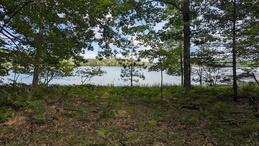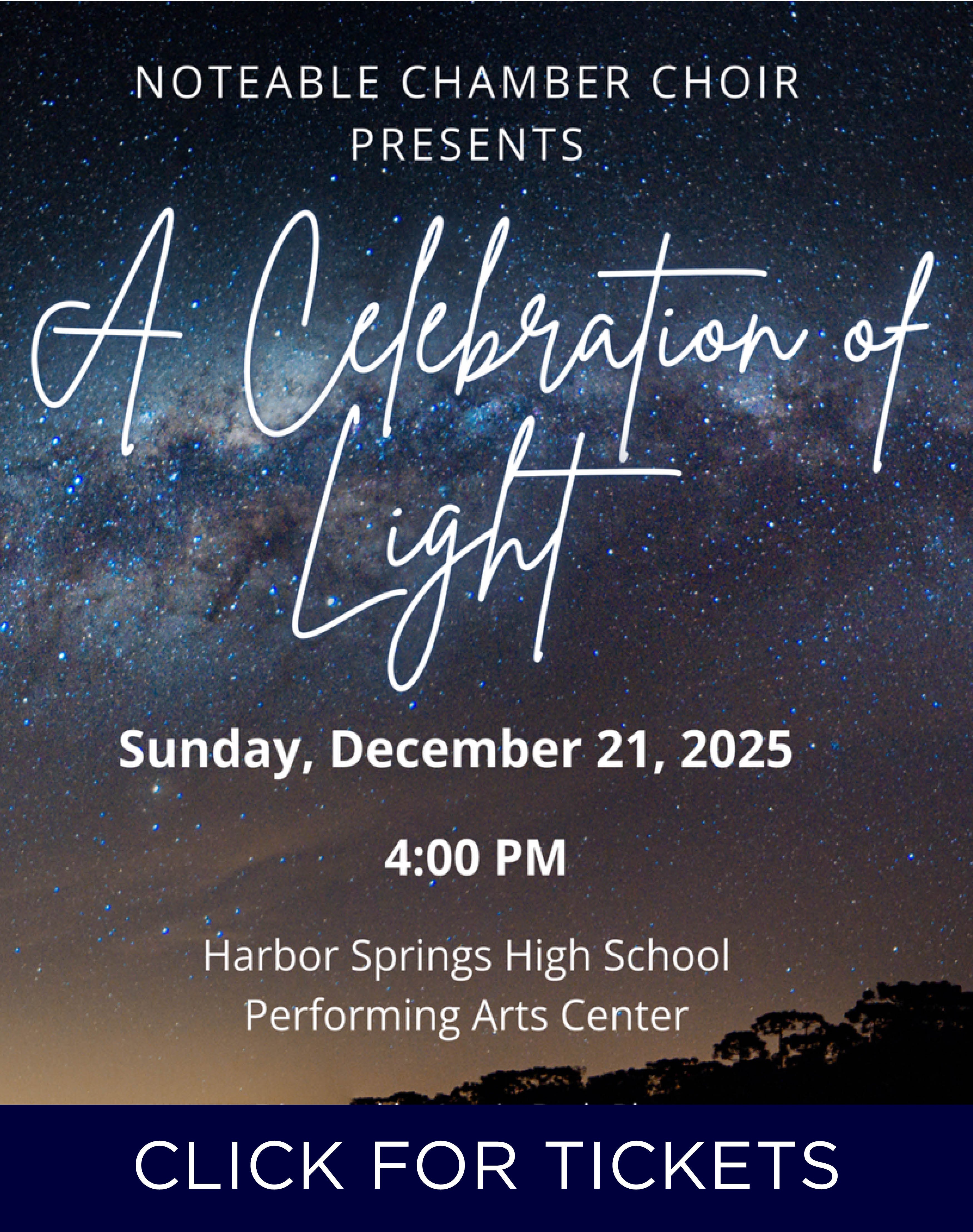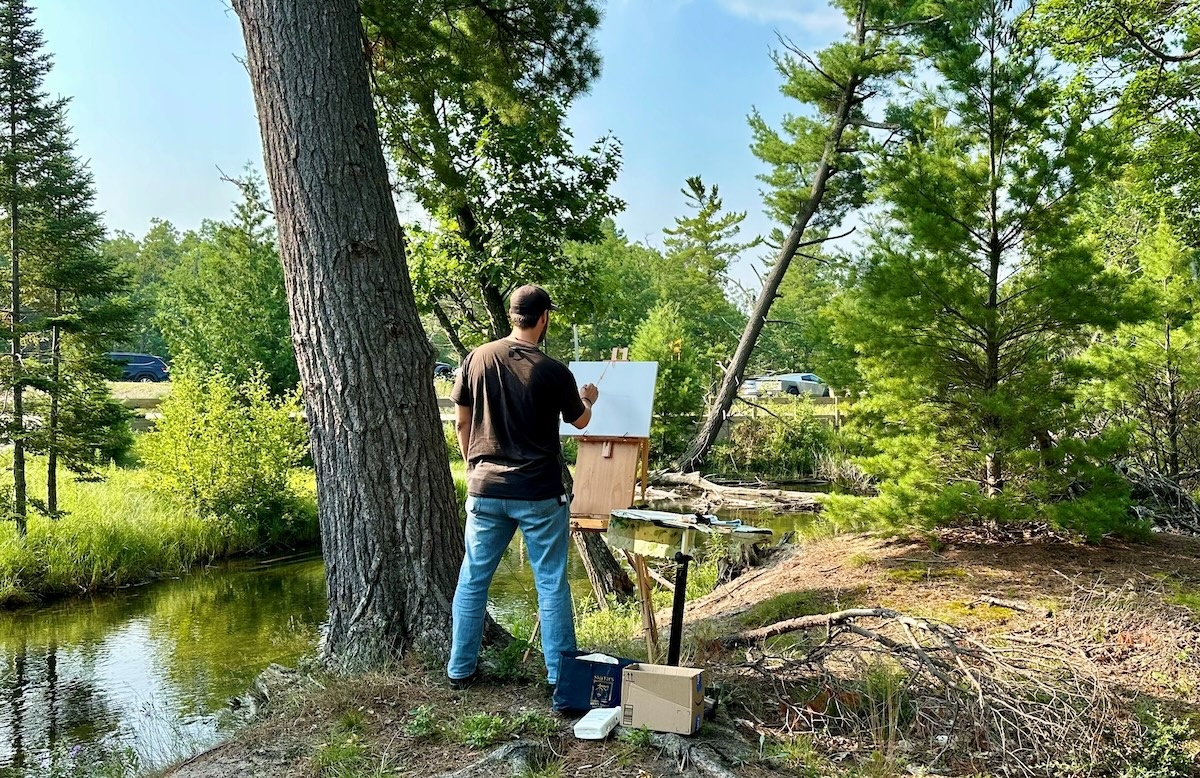
Local Arts Organizations Wade through Financial Limbo after Federal Cuts
"The arts are not a luxury"
By Drew VanDrie | Aug. 30, 2025
From murals to sculpture gardens, performance centers to galleries, live music to dance theaters and beyond, the northern Michigan arts community is part of what makes our area so special.
While those programs are supported in part by local and state funding, along with donations and ticket sales, many arts organizations also rely on federal funding. However, extensive cuts to the National Endowment for the Arts (NEA) this year and the prospect of the agency being eliminated altogether have placed the future of many Up North arts groups in jeopardy.
“For the members of the community who enjoy what the arts provide, they understand this to be a vibrant, creative home for the arts,” says Troy DeShano, executive director of the Northwest Michigan Arts & Culture Network. “What they may not know is just how fragile the infrastructure is that holds up our arts and culture in this region.”
Immediate Impacts
The revocation of previously-confirmed NEA funding to grantees was swift and unexpected, arriving earlier this spring as either a letter or email notifying of the reversal.
“We did get an NEA grant last year to support our latest additional programming,” says Julie Cobble, executive director of Traverse City Dance Project (TCDP). “We received a letter in March, that due to administrative cuts, we were one of those groups that were awarded this back in November, thought we had it, and then got the letter that it was cut.”
Cobble is referring to a $10,000 NEA grant that had been awarded to fund an expanded Northern Michigan Dance Festival to be hosted at Milliken Auditorium October 10-12. “That was immediate, that we lost that $10,000,” says Cobble, “Which for us is impactful as such a small group.”
Traverse City Dance Project is not the only organization experiencing the sudden setback of funding cuts.
“There are a handful of local nonprofit organizations that have received funding directly from the NEA,” says DeShano. “And for some of those, the impact is relatively devastating, because they’re actually having to return funds that they’ve already been awarded.”
An Age of Uncertainty
Beyond the challenge of earmarked funds being rescinded, local art organizations pointed to the unpredictability of future funding as the next challenge.
“The biggest impact we’re feeling right now is uncertainty,” says Scott Bouma, executive director of the Glen Arbor Arts Center. “The Michigan Arts & Culture Council (MACC), which gets a lot of its funding from the NEA, has put its 2025 grant process on hold. For organizations like ours that have counted on this support every year, the delay is making it hard to know how we’ll cover planned costs.”
DeShano echoes similar concerns on the difficulties to budgeting and planning that funding cuts pose. “We’re working on budgeting right now, which is nearly impossible if you don’t know what your funding is going to look like.”
Both Bouma and DeShano say that while the NEA funding is not a majority of funding for some organizations, the previous dependability of the grants provided for some of the basic operations that made other aspects possible.
Noting that NEA/MACC funding is 4.5 percent of the Glen Arbor Art Center Budget, Bouma explains, “The MACC grant we’ve counted on in the past helps pay for important parts of our organization like staff, building costs, and marketing.” Having those accounted for allows Glen Arbor Arts Center to focus on their programming available to the public. “If this support keeps shrinking and we can’t find other funding, we might have to cut back or stop some programs in the future because we won’t have the resources to keep them going.”
DeShano says that while the NEA funding may be the “meat and potatoes” for some organizations, the cuts to grants and funds may place smaller programs in a more dire situation. “Those that are hit the hardest are the smaller, rural arts centers who truly are providing the experience to the most needed in our communities.”
Faced with a smaller resource pool to draw from for alternative funding and donations, DeShano flags these programs as the most at risk in the wake of NEA funding shortfalls.
“Everybody is now seeking other sources of funding,” adds Cobble. “We diversify as much as we can—we have charitable foundations and personal donations, individual donations—but now all of the organizations that could donate money are seeing more requests because the NEA funding is not an option any more.”
Creatives Get Creative
With that in mind, arts orgs in the region are shifting to creative solutions to circumvent the shortfalls.
“Adapting is going to be a key focus for the next few years. We’re going to have to adapt,” says DeShano. He points to programs offered by his organization to promote efficiencies and improved processes. “The Arts & Culture Network provides training, workshops, and professional development to support nonprofit workers to be more efficient in their mission. As well as training for independent artists to provide some of the business skills they may not have.”
As they plan to make do with less, arts organizations are trying to secure more local funding and private donations to make up funding gaps. Along the way, they’re making new in-roads with the community.
Cobble highlights coordinating with Rotary Charities of Traverse City to work on a novel form of funding. “They reached out when we had a grant update meeting and they asked if we would be interested in participating in what they’re calling a ‘funding pool,’” she says. Rotary’s idea is to pool any leftover funding not tied to a specific grant to create some “piggy bank money” that could be doled out to organizations in need.
“Share the money!” encourages Cobble. “If anyone has a few thousand dollars for an arts organization, whether we get some of it, or somebody else gets it, it’s that sharing the wealth. … They’re [Rotary Charities] trying to be very creative with what they could do to utilize their funds as much as possible.”
Despite the innate competition for funds, organizations also expressed a communal sense of collaboration to ensure that the show—and the arts—goes on.
“Collaboration is absolutely part of our approach,” says Bouma. “We’re always looking for ways to lift each other up across the arts community. Whether that’s co-hosting events or brainstorming initiatives, working together helps us all weather financial challenges and keep the arts strong in our area.”
“We’re all in it together,” agrees Cobble. “We’re all trying to do the same thing, bring art to different communities. There’s some unification there, we’re all experiencing this.”
In regard to the upcoming Northern Michigan Dance Festival, Cobble shares how dance troupes have been willing to compromise to ensure that the show continues. “Some of the groups that are coming to the festival, they’re doing it for less than what they may have asked for at a different time. They know that we’re all doing the best we can; they believe in what we’re trying to do. We all want to participate in each other’s work.”
The Future of the Arts
Although the road ahead is filled with potholes, the passion for the arts and those that promote them in the region has not diminished.
“For us, the arts are not a luxury. They are an important part of what makes our community lively and connected,” says Bouma. “We believe that creativity adds value to every part of life. It helps people understand the world, care about others, and build connections. In a rural area like ours, the arts can be a lifeline by giving people chances to express themselves, learn, and feel like they belong.”
Cobble also highlights the connective power of the arts and how it draws a community together. “It can change someone’s individual life. Especially in a place in northern Michigan where it is so spread out, that was always important,” she says. “The main thing is that art, in general, brings people together at a time when we feel like people are drifting further apart. It really unifies—you can feel it.”
Trending

Farm to Glass with Ethanology
When Elk Rapids distillery Ethanology committed to locally-sourced ingredients for their products, it seemed like they&rsquo… Read More >>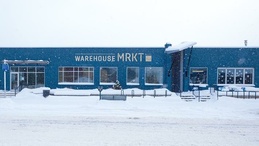
MRKT HLDY SHPPNG, aka Warehouse MRKT Holiday Shopping!
Shop the latest from local makers and vendors at the Holiday MRKT Share at Warehouse MRKT in TC, Saturday, Dec. 20, from 10a… Read More >>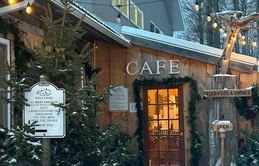
Men and Ugly Sweaters
Those two things don’t always go together, but on Dec. 19, you’ll see both out and about in Petoskey and Harbor … Read More >>